To date, humanity has sent two space probes to study the solar corona: Parker Solar Probe (PSP, NASA) and Solar Orbiter (SolO, ESA). By the way, PSP is the only probe named after a scientist during his lifetime. Both devices are moving towards the Sun. They are equipped with heat shields to protect their scientific equipment. Since both hypotheses about the heating of the corona are based on different sections of magnetohydrodynamics, each of these devices is equipped with a magnetometer and a particle detector, because the magnetic field directly affects the movement of solar plasma ions.
Parker Solar Probe
The PSP was launched on August 12, 2018 by Delta IV Heavy launch vehicle. At that time, the record proximity to the Sun was achieved by the Helios 2 apparatus — 44 million km. The new solar observatory will greatly surpass this result. It will approach our star as close as 6.2 million km. This is slightly less than 10 radii of the Sun. At such a distance, the device will move at a speed of 690 thousand km/h (~192 km/s). A trip from the Earth to the Moon at this speed would take a little more than half an hour. At this distance, the temperature will reach approximately 1500°C. Therefore, the heat shield on the PSP is 11.5 cm thick. This should be enough to keep the research instruments from overheating.
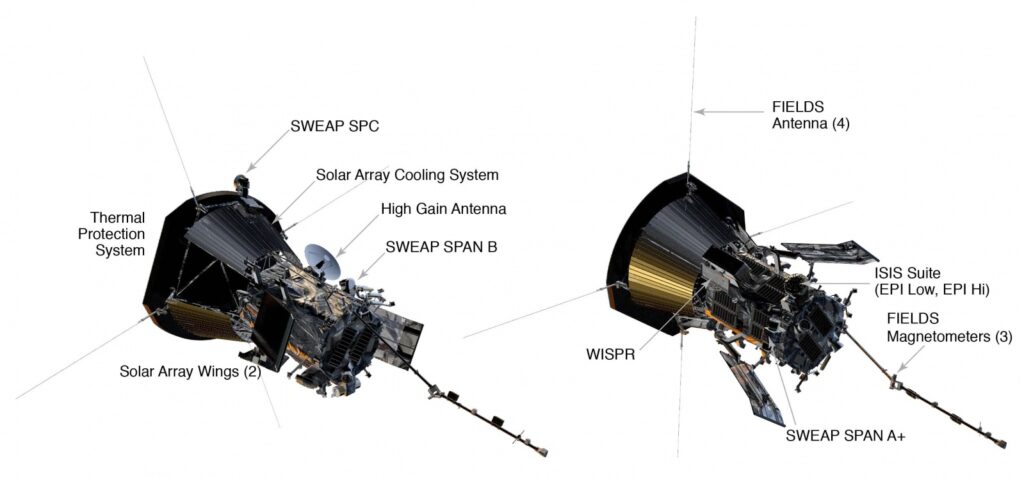
What devices are we talking about? One of them is a FIELDS tool that works with an electromagnetic field. Five two-meter antennas are intended for electric field measurements, four of which are placed in the plane of the heat shield along the diagonals of the square and one is perpendicular to them placed in the thermal shadow. They are made of an alloy based on niobium, which allows them to withstand high temperatures. Magnetic fields are recorded by three magnetometers. They are coils the size of a fist. The principle of their operation is based on electromagnetic induction: a change in the magnetic field creates a current in the conductor, which is measured by instruments on board the spacecraft.
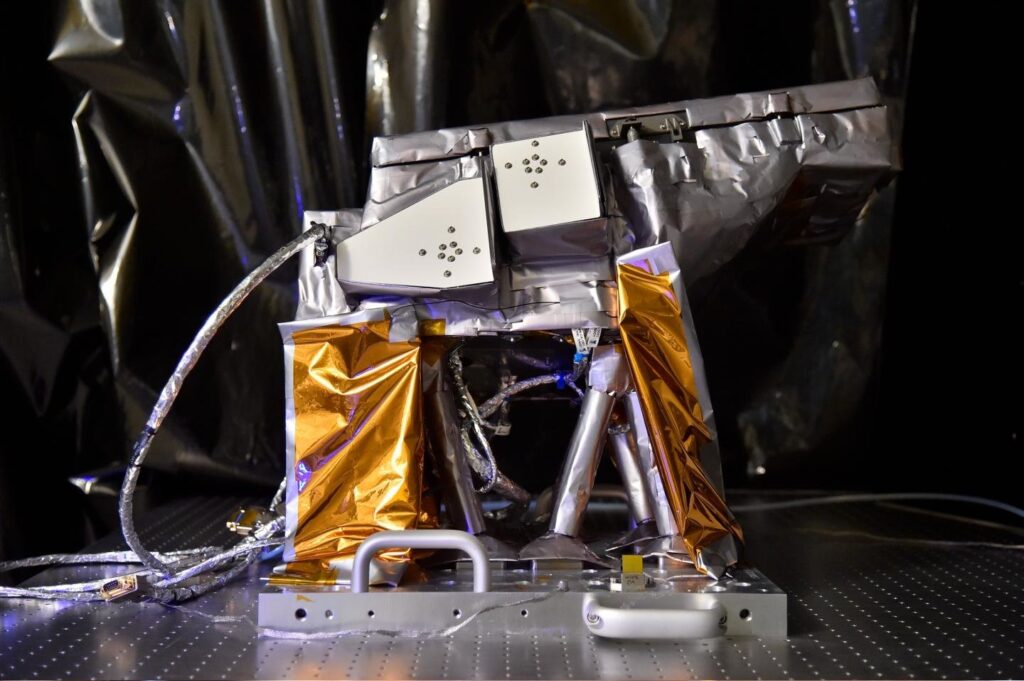
The large-scale structure of the corona and solar wind will be shot by WISPR, the only instrument providing images. Its basis is not a CCD matrix (a device with a charge connection), as in most similar devices, but a CMOS (complementary metal-oxide semiconductor). It is an alternative to CCD matrices with its own set of advantages and disadvantages. Advantages include lightness and lower energy consumption. In addition, they are less susceptible to image blooming. This negative phenomenon occurs when excess charge from one pixel flows to neighboring pixels. In CCD matrices, the pixels are connected in rows, so blooming takes place along these rows. In the CMOS-matrix, each pixel is accessed separately and the potential energy barrier between them is greater, therefore it is much more difficult for blooming to occur.
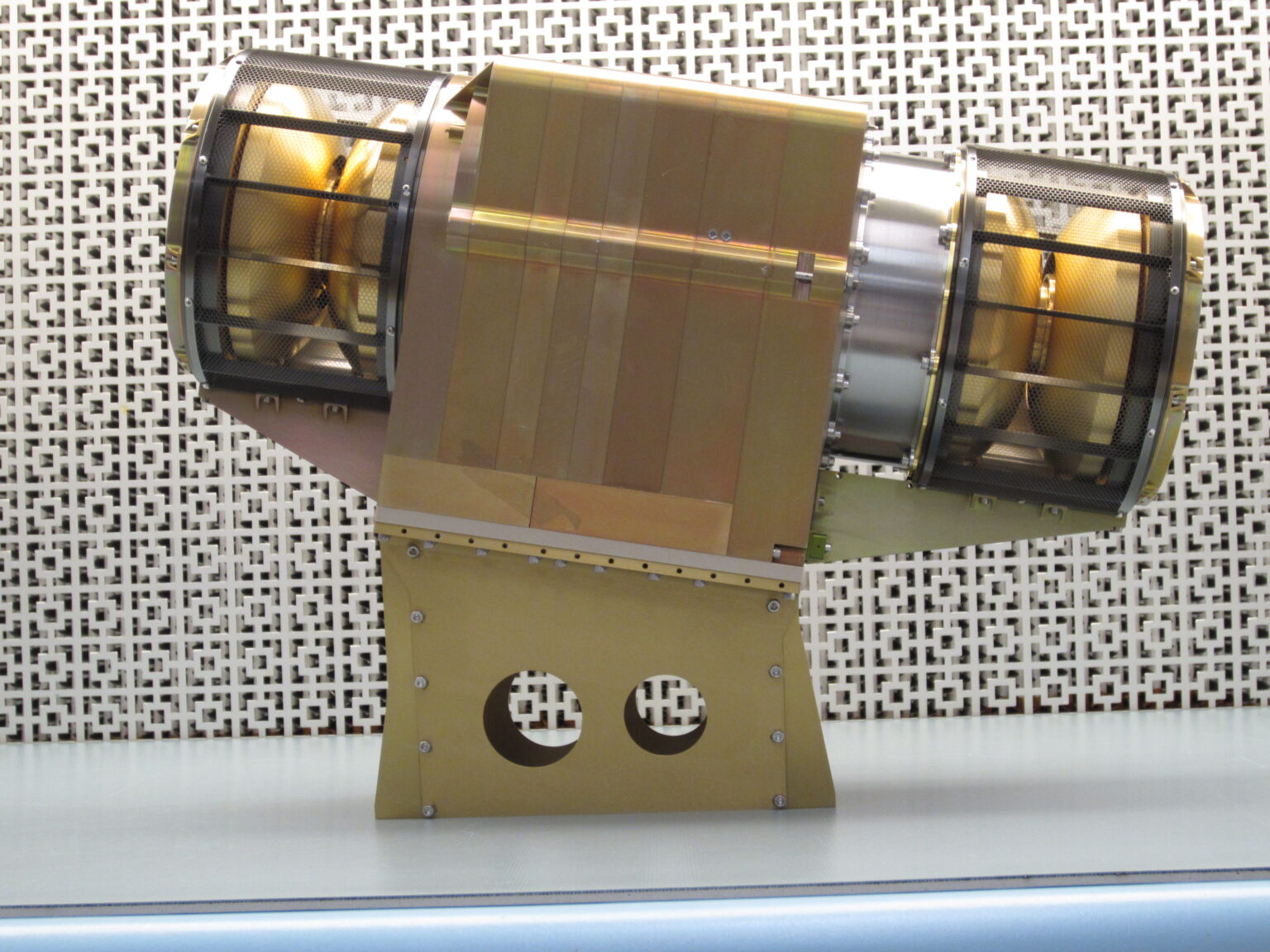
The last two instruments are the SWEAP (Solar Wind Electons, Alphas and Protons) and IS☉IS (The Integrated Science Investigation of the Sun) particle detectors. The first is able to detect electrons, protons and nuclei of helium atoms and instantly determine their characteristics, such as speed, concentration and temperature. It consists of three parts: SPC (Solar Probe Cup), SPAN-A and SPAN-B (Solar Probe Analyzer).
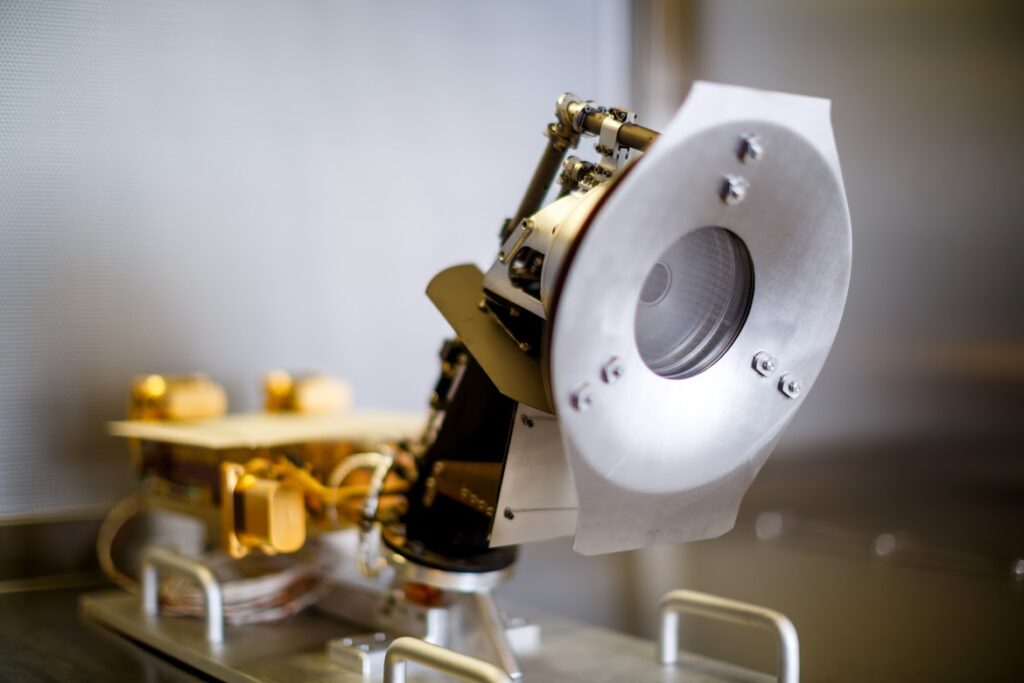
The SPC is essentially a Faraday cup where the solar wind stream is separated by mass and charge (electrons, protons, and α-particles aka fully ionized helium nuclei) and then each individual beam is analyzed separately. SPANs are wide-angle charged particle detectors that can survey areas beyond the SPC’s field of view. SPAN-A detects electrons and ions, while SPAN-B — electrons only. According to preliminary estimates, this device will be able to make 146 measurements per second.
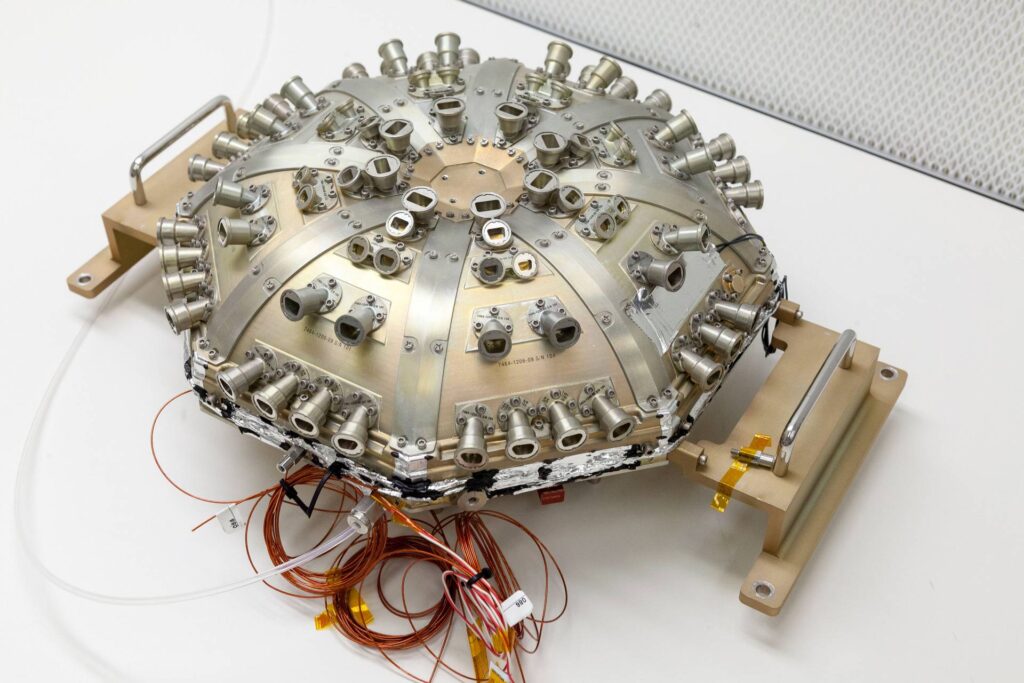
IS☉IS is a detector of high-energy charged particles (from tens of kiloelectron volts to hundreds of MeV), which consists of two instruments: EPI-Lo and EPI-Hi (Energetic Particle Instrument). A particle entering EPI-Lo first passes through two carbon-polyamide-aluminum foils (a light material with excellent plastic properties and heat resistance), knocking several electrons out of it, after which it enters a solid-state detector. By measuring the transit time in the solid-state detector and the amount of charge formed on the foil, it is possible to determine the type of particle that entered the detector. This instrument is capable of detecting electrons and ions of heavy elements (C, Ne, O, Mg, Fe, Si, ³He and ⁴He).
The EPI-Hi detector is a layered array of different particle detectors. This design allows us to determine the direction of movement of the particle (due to the localization of excitation on different layers of the detector during its passage) and its energy (according to the depth of penetration into the detector). It is expected that this instrument will be able to register up to 100 thousand particles per second during the closest flyby near the Sun. This device will perform investigation of the luminary in relative proximity to it, while the rest of the time in orbit it will send the received data to Earth.
Solar Orbiter
SolO is a project of the European Space Agency, which will also study the solar corona, heliosphere and processes in it together with PSP. In addition, it has a responsible task of studying the magnetic field on the Sun in detail and the change in its polarity during the 11-year cycle. Although this probe will not approach the star as close as PSP (42 million km versus 6.2), it will be able to leave the ecliptic plane at an angle of 24° (in case of continuation of the program — at 33°). Such maneuvers will allow us to look into the coronal holes and polar regions of our star.
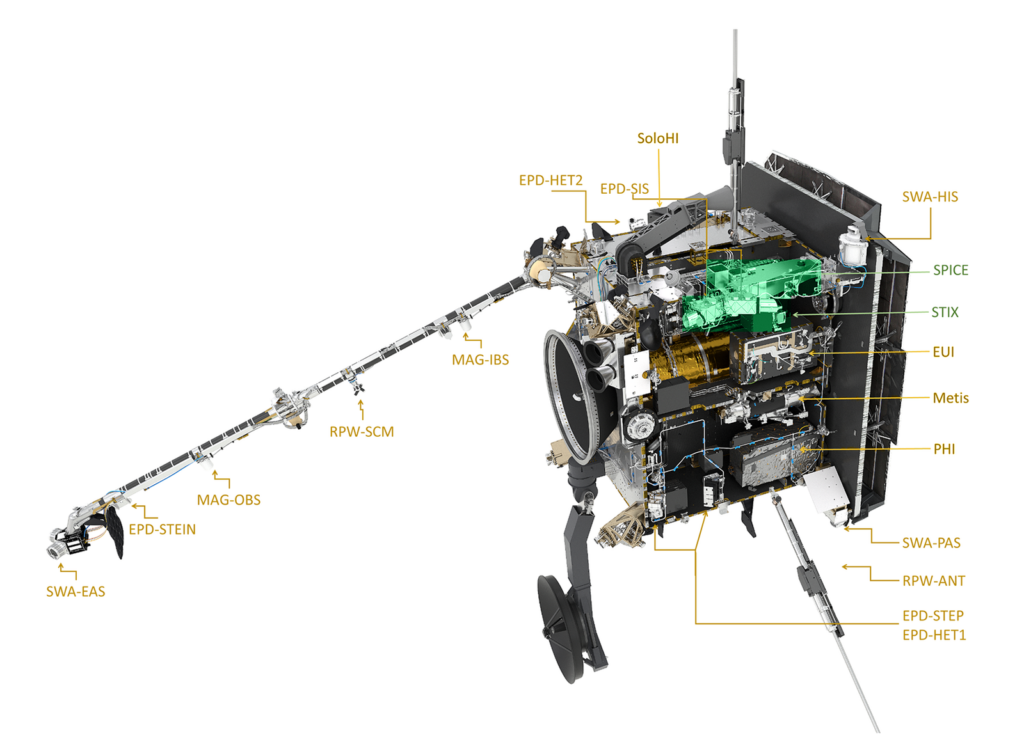
There are also differences in the scientific instruments of the two devices. SolO can make measurements both “on spot” and at a distance, while PSP makes measurements only “on spot” (that is, it receives information about the area in space where it is immediately located). For in situ measurements, SolO is equipped with an Energetic Particle Detector (EPD), a Magnetometer (Mag) and a Solar Wind Analyzer (SWA). Remote observations are performed by such instruments as Extreme Ultraviolet Imager (EUI), coronagraph Metis, cameras Polarimetric and Helioseismic Imager (PHI), Heliospheric Imager (SoloHI), Spectral Imaging of the Coronal Environment (SPICE) and X-ray spectrometer STIX.
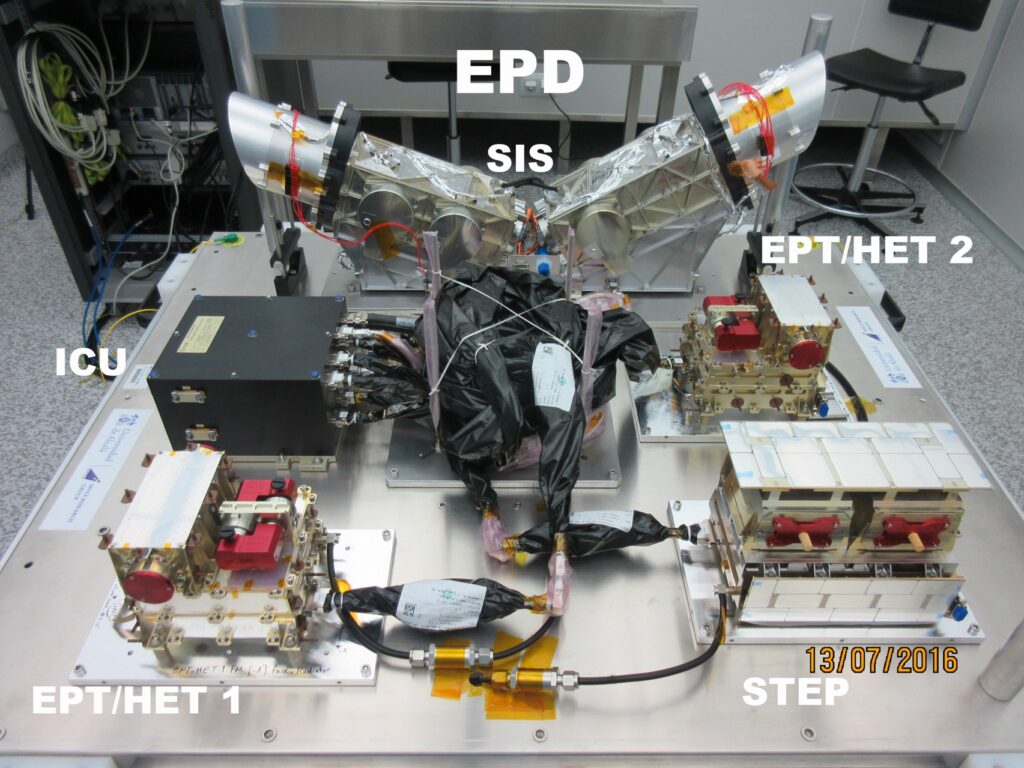
A special role is played by RPW (Radio and Plasma Waves) — it can carry out both measurements “on spot” and observations at a distance, performing high resolution probe of electromagnetic field with several sensors and antennas. The simultaneous use of these instruments will allow obtaining a more accurate picture of the processes on the Sun and in its atmosphere. The EPD is equipped with four instruments that together can detect different types of charged particles in the energy range from 2 keV to 20 MeV for electrons, from 3 keV to 100 MeV for protons, and from 8 keV to 200 MeV for heavy ions. The EUI will produce a set of images of a region on the Sun containing the upper layers of the photosphere, the chromosphere and the lower levels of the corona. MAG will take high-precision measurements of the magnetic field of the heliosphere. It will also be able to trace the exit of the magnetic field into interplanetary space and its evolution during the cycle of activity.
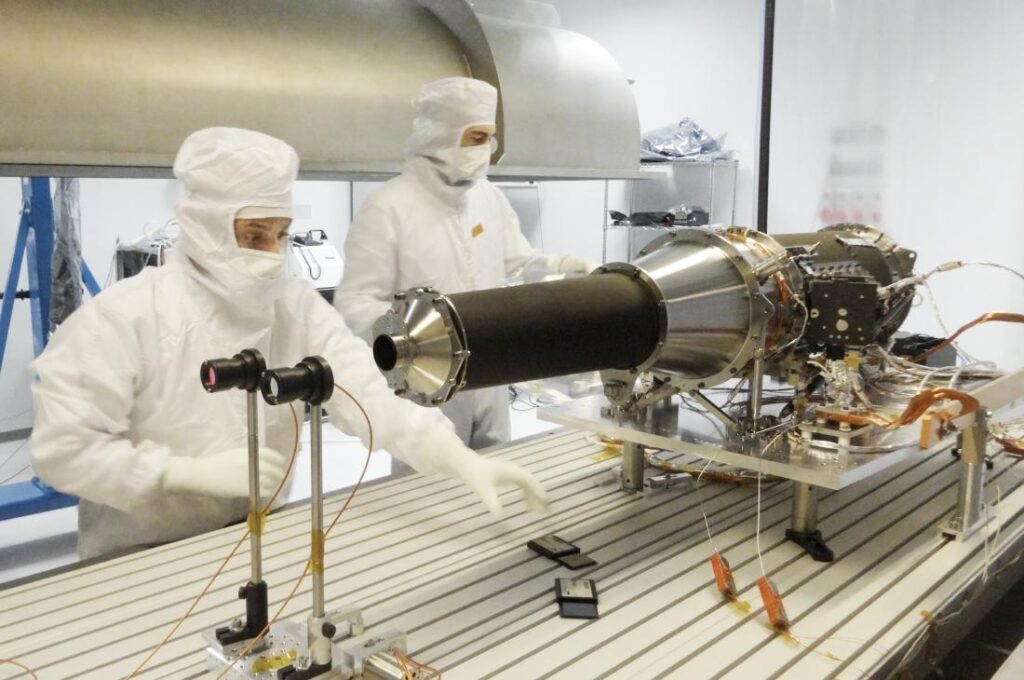
The Metis coronagraph produces a broadband polarized image of the K-corona in visible light and in the Lyman-alpha line (121.6 nm), which will allow a high-resolution study of the entire corona. PHI observes the entire disk of the Sun, measuring the radial velocities and directions of magnetic field lines in the photosphere. This approach will allow us to learn more about helioseismology and even peek inside the convection zone.
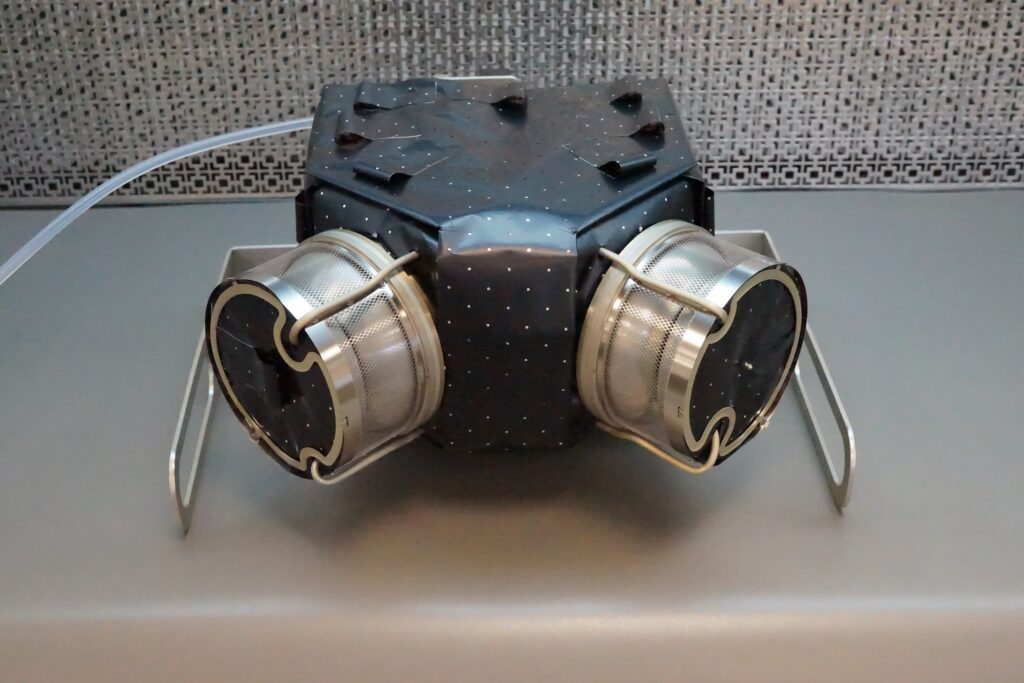
SoloHI will observe sunlight scattered by electrons and use the data to build images of quasi-stationary flows and transient disturbances in the solar wind. SPICE will image in the far ultraviolet range (70.0-79.2 nm and 97.0-105.3 nm), which corresponds to the temperature of the radiation sources between 10,000 and 10,000,000 K.
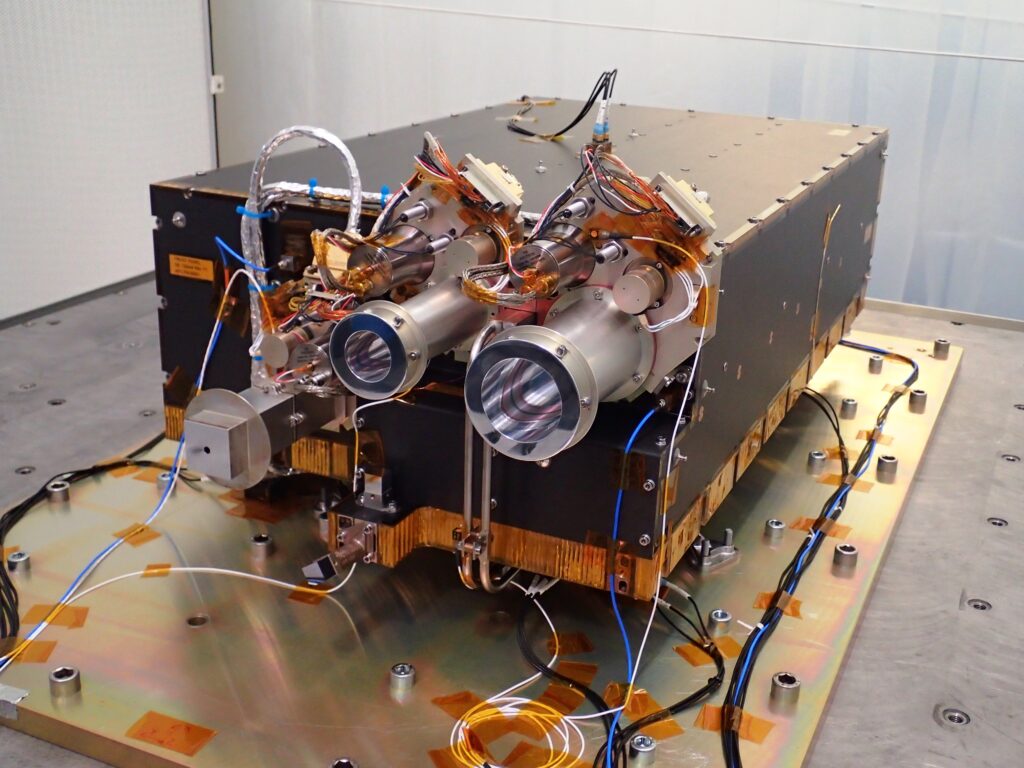
STIX records thermal and non-thermal X-ray radiation with energies from 4 to 150 keV. Such observations will provide a lot of information about the time and place of origin, intensity and spectral distribution of high-temperature plasma (in particular, accelerated charged particles, mainly electrons), which are most often associated with solar flares.
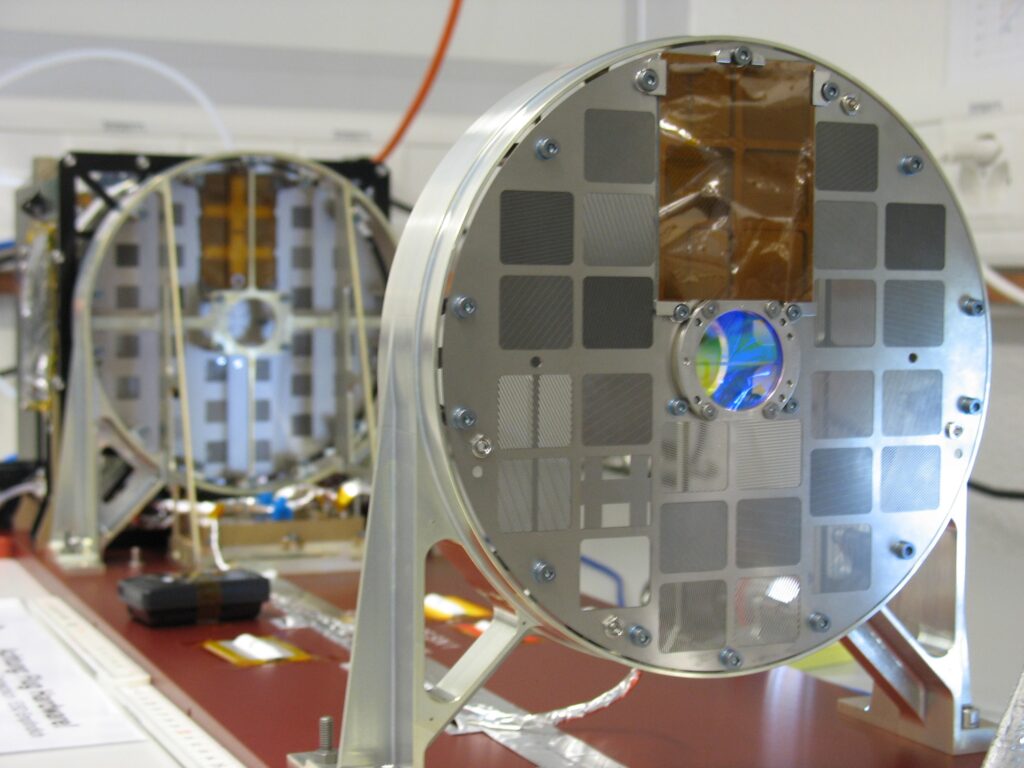
The SWA will determine the main parameters of the solar wind: its density, flow rate, temperature and ion composition. This instrument consists of a set of sensors and detectors; it works continuously and registers particles throughout the orbit of the spacecraft.
The problems that SolO will solve are quite close to the issue of heating the solar corona. It is natural that the researchers of ESA and NASA, responsible for the missions of the two vehicles, will cooperate — because they have a common goal. The PSP has already made several orbits around the Sun and sent some data back to Earth. SolO is just at the beginning of its mission, although almost immediately after entering space it began taking measurements, the results of which were published in late September. European and American scientists have really pleasant anticipation about their projects, hoping that they will be able to provide answers to the questions posed. But, as is always the case in science, new mysteries are almost sure to emerge along with the answers.

